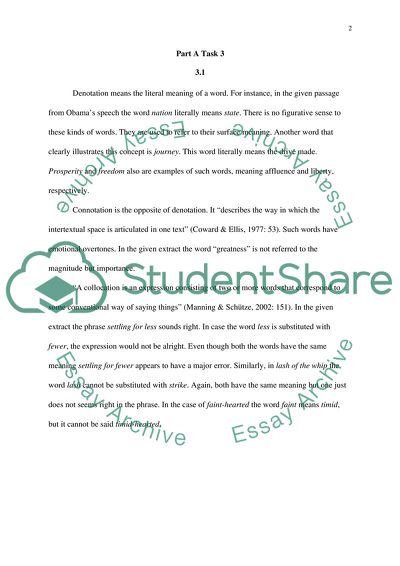Cite this document
(Morphology, Denotation, and the Functions of Language Assignment - 2, n.d.)
Morphology, Denotation, and the Functions of Language Assignment - 2. Retrieved from https://studentshare.org/humanitarian/1725583-no-title
Morphology, Denotation, and the Functions of Language Assignment - 2. Retrieved from https://studentshare.org/humanitarian/1725583-no-title
(Morphology, Denotation, and the Functions of Language Assignment - 2)
Morphology, Denotation, and the Functions of Language Assignment - 2. https://studentshare.org/humanitarian/1725583-no-title.
Morphology, Denotation, and the Functions of Language Assignment - 2. https://studentshare.org/humanitarian/1725583-no-title.
“Morphology, Denotation, and the Functions of Language Assignment - 2”. https://studentshare.org/humanitarian/1725583-no-title.


